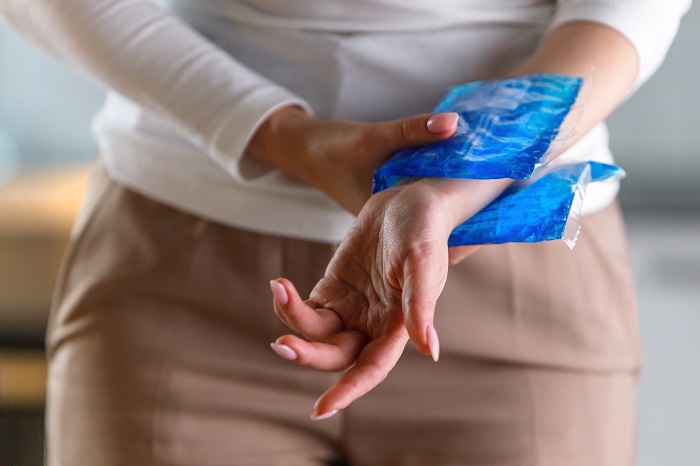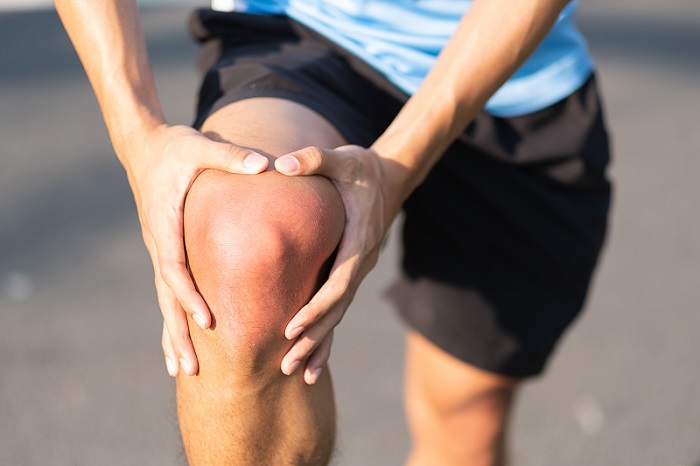Benefits, Applications, and Precautions of Hot and Cold Therapy

Hot and cold therapy are two methods of physical therapy that are used to alleviate pain and inflammation in the body. These therapies can be applied to various parts of the body, including muscles, joints, and soft tissues. In this article, we will discuss the benefits, applications, and precautions of hot and cold therapy in detail.
Hot therapy, also known as thermotherapy, is the application of heat to an area of the body. The heat can be applied in various forms, such as a heating pad, hot water bottle, or warm compress. The heat causes blood vessels to dilate, which increases blood flow to the area and helps to relieve pain and muscle spasms. It also helps to reduce stiffness and increase range of motion.
Benefits of Hot Therapy
The ability of hot therapy to reduce pain and muscular spasms is one of its key advantages. Increased blood flow to the area helps to relax tense muscles and lessen discomfort by bringing oxygen and nutrients to the affected area.
Additionally, hot therapy can also help to reduce stiffness in the joints, which can improve range of motion and make it easier to move around.
Another benefit of hot therapy is that it can help to improve circulation. Increased blood flow can aid in bringing oxygen and nutrients to the injured area, which helps hasten the healing process. Additionally, hot therapy can also help to reduce inflammation in the affected area, which can help to reduce pain and swelling.
Application of Hot Therapy
Hot therapy can be applied using a heating pad, hot water bottle, or warm compress. The heat should be applied for 20-30 minutes at a time, several times a day. However, it’s important to remember that you should never fall asleep with a heating pad on, as this can cause burns. Additionally, always use a barrier, such as a towel, between the heat source and the skin, and avoid using heat on areas with poor circulation or on broken skin.
Applying cold to a part of the body is known as cold therapy or cryotherapy. You can apply the cold in a number of ways, including with an ice pack, a cold gel pack, or a bag of frozen veggies. The cold causes blood vessels to constrict, which reduces blood flow to the area and helps to reduce inflammation and swelling.
Benefits of Cold Therapy
One of the main benefits of cold therapy is that it can help to reduce inflammation and swelling. The reduced blood flow to the area helps to decrease the amount of fluid that can build up in the affected area, which can help to reduce inflammation and swelling. Additionally, cold therapy can also help to numb pain, which can make it easier to move around and perform daily activities.
Another benefit of cold therapy is that it can help to reduce muscle spasms. The cold can help to relax tight muscles, which can reduce pain and muscle spasms. Additionally, cold therapy can also help to reduce bleeding in the affected area, which can help to speed up the healing process.
Application of Cold Therapy
Cold therapy can be applied using an ice pack, cold gel pack, or bag of frozen vegetables. The cold should be applied for 15-20 minutes at a time, several times a day. However, it’s important to remember that you should avoid using cold on areas with poor circulation or on broken skin. Additionally, always use a barrier, such as a towel, between the cold source and the skin, and never fall asleep with a cold pack on, as this can cause frostbite.
Consultation with a Doctor or Physical Therapist
While both hot and cold therapy can be effective in treating pain and inflammation, it’s important to note that in some cases, one therapy may be more effective than the other.
Additionally, it’s important to consult with your doctor or physical therapist before starting any treatment, as they will be able to advise you on the best course of action for your specific condition.
Situations where Hot or Cold Therapy should be Avoided
It’s also important to note that there are certain situations where hot or cold therapy should be avoided. For example, if you have poor circulation, nerve damage, or open wounds, you should avoid using heat or cold on the affected area. Additionally, if you have a fever, you should avoid using heat therapy, as this can make your fever worse.
Another important consideration is timing. In general, cold therapy is best applied immediately after an injury, as it can help to reduce inflammation and swelling.
On the other hand, heat therapy is best applied after the initial inflammation has subsided, as it can help to increase blood flow and speed up the healing process.
In conclusion, hot and cold therapy are two methods of physical therapy that can be used to alleviate pain and inflammation in the body. Both therapies have their own set of benefits and applications, and the choice of which one to use will depend on the specific condition being treated. It’s important to consult with your doctor or physical therapist before starting any treatment, and to follow proper precautions and guidelines to ensure safe and effective use of hot and cold therapy.












